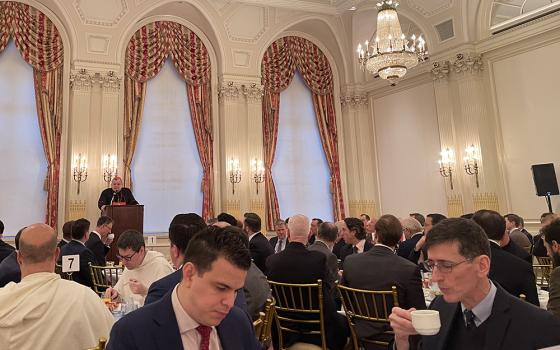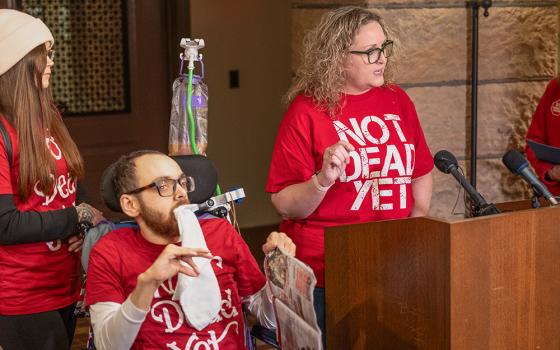ALONE TOGETHER: WHY WE EXPECT MORE FROM TECHNOLOGY AND LESS FROM EACH OTHER
By Sherry Turkle
Published by Basic Books, $28.95
In Alone Together, Sherry Turkle tells a story about the “upside down test,” an experiment in which participants are “asked to invert three creatures: a Barbie doll, a Furby (a mechanically-driven toy that talks), and a biological gerbil.” The aim is to see how long the participants can invert each object until the experimenter’s emotions compel them to turn them back.
In Turkle’s description of the experiment, she does not mention if, or for how long, participants could invert a gerbil. Her point is to draw our attention to the surprising fact that most people could only invert the Furby for about 30 seconds. They stop “when it starts crying and saying it’s scared.”
As a clinical psychologist who directs MIT’s Initiative on Technology and Self, Turkle argues the test shows that we “are on new ethical terrain” when we know the Furby is not biologically alive yet are unable to shake the feeling we are hurting it.
In the first part of Alone Together, Turkle examines this new terrain and aptly describes it as the “robotic moment.” Ethical questions start to surface when we see robots as having subjectivity. We venture on to new ethical terrain and into a new era when robots offer potential friendship.
In the second half of the book, Turkle turns her attention to the changing nature of relationships when the mode for cultivating that relationship is the digital world. She describes the promise and peril of this “networked life” in which users are actually or potentially connected at all times. The networked life offers the safety and reassurance of always knowing you are a touchpad away from someone you love. But it also changes interpersonal communications because “all matters -- some delicate, some not -- are crammed into a medium that quickly communicates a state but is not well suited for opening a dialogue about complexity of feeling.” She quotes an 18-year-old boy who observes the difference “between someone laughing and someone writing that they’re laughing.”
Readers will find that Turkle’s attitude toward technology is not “triumphalist or apocalyptic.” She wants readers to see that technologies exist within the sphere of human activity and therefore must serve ends that promote human flourishing. Since she does not discuss the ends of human nature, her analysis of which ends technology serves remain incomplete. However, believers bring to the question of technology convictions about the divine purpose of humanity. Those convictions can equip them to discern the proper role of technology in human societies. Readers will find this book a useful resource as they begin conversations about how to negotiate and critically engage the technology that suffuses our lives.
[Herbie Miller is a doctoral student in theology at the University of Dayton who has written on theological discernment of technology among the Amish.]



